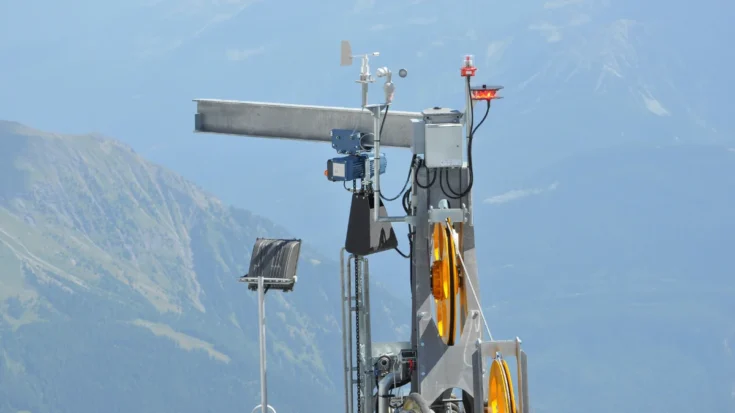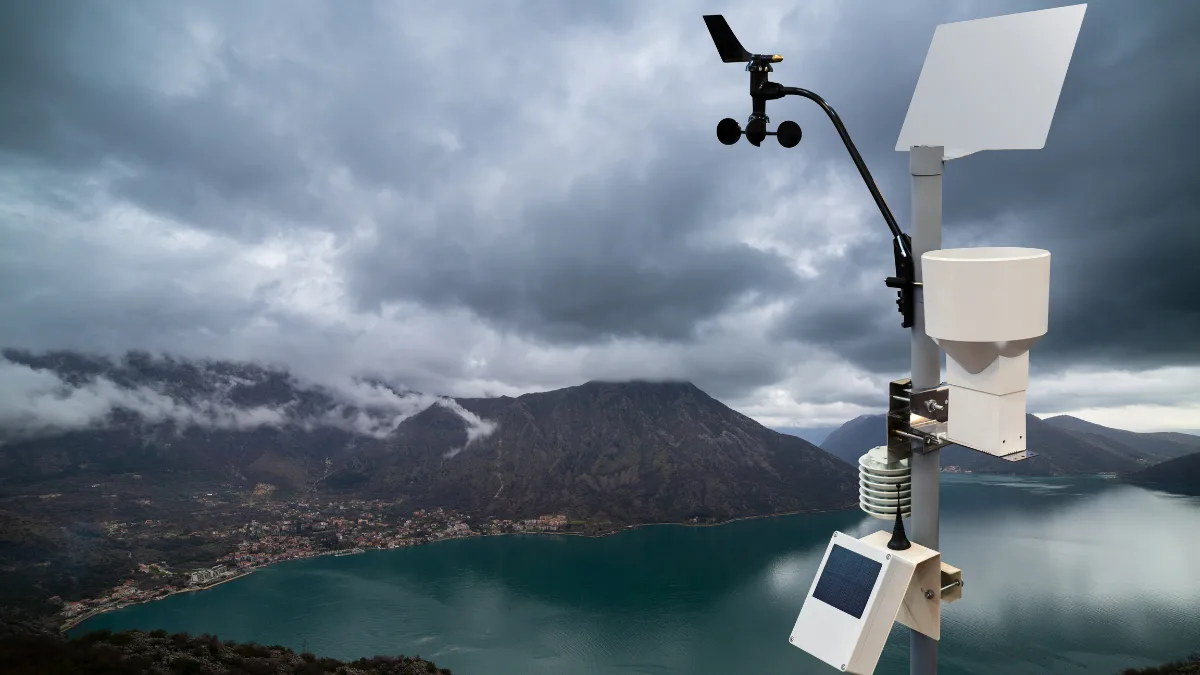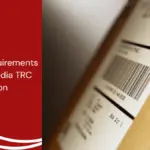From the many benefits that weather stations have, they are widely used in various sectors, one of which is natural disaster anticipation. Weather station in natural disasters is an innovation from the development of weather stations.
Weather station in natural disasters has functions from early warning, and disaster mitigation, to investigation and research.
This article will further inform four functions and the application of weather station in natural disasters.
Also Read
Table of Contents
What is a Weather Station in Natural Disasters?
Weather stations play an important role in the context of natural disasters as collectors of weather data, including temperature, humidity, air pressure, rainfall, and wind speed. This data is essential for predicting and monitoring potential natural disasters, especially those related to weather and climate (hydrometeorology).
A weather station is a location or installation specifically built to measure, record and report weather data, equipped with instruments and sensors such as thermometers (temperature), barometers (air pressure), hygrometers (humidity), anemometers (wind speed and direction), pluviometers (rainfall) and other sensors.
The Function of Weather Station in Natural Disasters

Weather stations play a crucial role in natural disasters mitigation and management efforts as they provide accurate up-to-date weather data, facilitate early warning systems, and support various disaster management activities. Here are the functions of weather station in natural disasters:
1. Early warning
One of the main functions of weather stations in natural disasters is early warning. Weather stations are very helpful in predicting and detecting potential natural disasters such as floods, storms, or droughts.
Data on rainfall, wind speed, and other weather conditions can be used to create forecasting models and provide early warnings to the public.
2. Disaster mitigation
Weather stations in natural disasters also have a function for disaster mitigation. Data from weather stations help in the process of disaster mitigation, which are actions taken to reduce the risk and impact of disasters.
Accurate weather information enables better planning for evacuation, emergency response, and post-disaster recovery.
3. Weather monitoring
Weather stations monitor real-time weather conditions in a particular area, which is important for identifying extreme weather changes that can trigger disasters.
This information is very useful for various parties dealing with disaster management, such as the Regional Disaster Management Agency (BPBD) and other related institutions.
4. Investigation and research
Another function of weather stations in natural disasters is to assist in investigation and research. Data from weather stations can be used for investigation and research on extreme weather phenomena and their impact on the environment and society.
The Application of Weather Station in Natural Disasters

Here’s an example of the application of a weather station in natural disasters:
- Flood Early Warning: Weather stations in vulnerable areas monitor rainfall & river levels for early warning.
- Typhoon Early Warning: Coastal weather stations monitor wind speed & direction, and air pressure for typhoon early warning.
- Landslide Monitoring: Slope weather stations monitor rain & soil conditions for landslide early warning.
Those are the functions of weather station in natural disasters that you need to know. Another thing to note is that weather station on the market uses LoRaWAN technology, this technology must pass the certification test from the Directorate General of Digital Infrastructure (DJID).
With DJID certification, users can feel calm about using a weather station in a natural disaster device whose quality and security are guaranteed. For manufacturers or importers of weather station in natural disaster devices, obtaining certification from DJID is a mandatory step before the device can be officially marketed in Indonesia.
To simplify the certification process, you can use Type Approval Certification Services for ICT Products are available to assist with this process as a reliable solution.


















